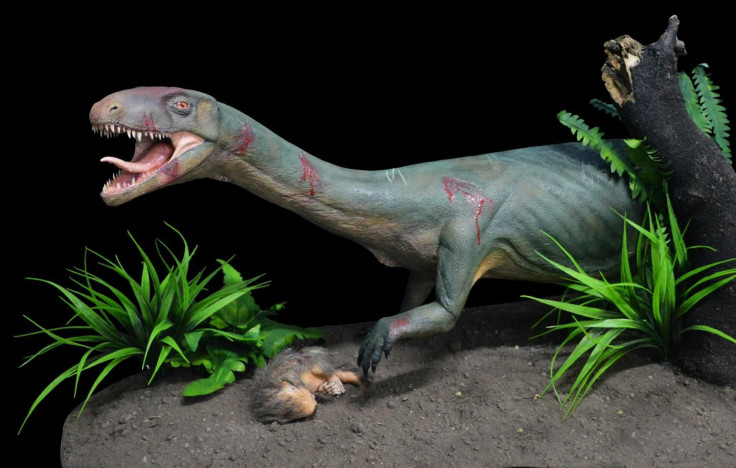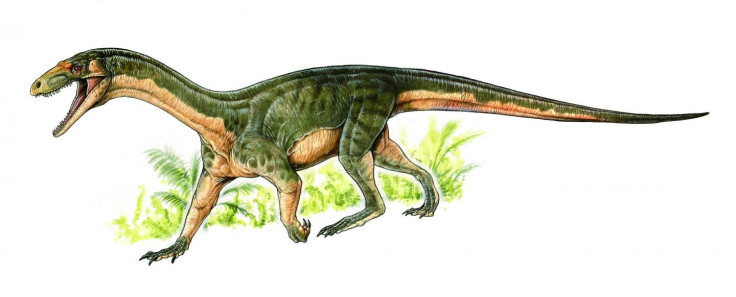Dinosaur Evolution: Crocodile-Like Ancient Cousin, Teleocrater Rhadinus, Confuses Scientists

About 250 million years ago, just as the Permian Period was coming to an end, one of the dominant terrestrial vertebrate groups at the time, the archosaurs, split into two. One of those groups evolved into dinosaurs, birds and pterosaurs, while the other evolved into crocodilians, such as the crocodiles and alligators still alive today.
So when paleontologists found an ancient fossil that had characteristics of a crocodilian, but belonged to the dinosaur side of the family, they were stumped.
Remains of Teleocrater rhadinus were first discovered in the 1930s, but new specimens were found recently in Tanzania. While not a direct ancestor of dinosaurs, T. rhadinus is the oldest known dinosaur cousin. And it is confusing scientists because of its appearance.
Read: Study Questions Dinosaur Family Tree
“Teleocrater has unexpectedly crocodile-like features that are causing us to completely reassess what we thought about the earliest stages of dinosaur evolution. Surprisingly, early dinosaur relatives were pretty profoundly not dinosaur-like,” Ken Angielczyk from the Field Museum in Chicago, who co-authored a paper on the subject, said in a statement Wednesday.
It probably looked similar to modern monitor lizards, was between 6 to 10 feet long from head to tail and about 2 feet high at the hip. Features like the attachment of jaw muscles to the back of its skull put it firmly in the dinosaur group of archosaur descendants, but its ankle joints were closer to crocodiles than birds. Like crocodilians, the joint could both rotate side-to-side as well as move up and down, like on a hinge. Birds, on the other hand, can flex their ankles only in an up-and-down motion.

“Teleocrater shows us that bird-line archosaurs initially inherited many crocodile-like features from the common ancestor of all archosaurs, and that the ‘typical’ bird-line features evolved in a step-wise fashion over a longer period of time. Scientists generally don’t love the term ‘missing link,’ but that's kind of what Teleocrater is: a missing link between dinosaurs and the common ancestor they share with crocodiles,” Angielczyk added.
Teleocrater rhadinus means “slender complete basin,” a nod to the lean build and closed hip socket of the animal.
Sterling Nesbitt of Virginia Polytechnic Institute and State University, lead author of the paper, said in the statement: “Teleocrater fundamentally changes our ideas about the earliest history of dinosaur relatives.”
Titled “The earliest bird-line archosaurs and the assembly of the dinosaur body plan,” the paper appeared in the journal Nature.
© Copyright IBTimes 2024. All rights reserved.











